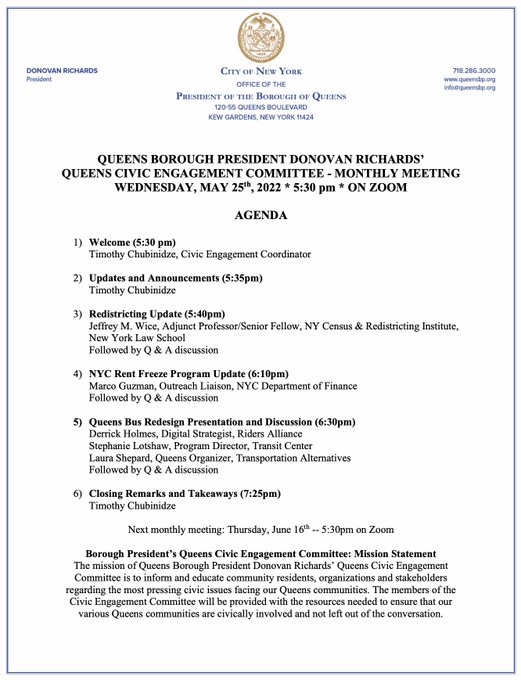
Richard Ravitch, a politically savvy, civic-minded developer and public citizen who helped rescue New York City from the brink of bankruptcy and its decaying subways from fiscal collapse, died on Sunday in Manhattan. He was 89.
His death, in a hospital, was confirmed by his wife, Kathleen M. Doyle.
Mr. Ravitch never won elective office. But he left an outsize mark on government at every level as one of the backstage wise men recruited to stave off the financial collapse of New York’s Urban Development Corporation in 1975 and, a few months later, of New York City’s own overdrawn municipal accounts.
By rallying public support for inventive means of raising revenue, he was also instrumental in rejuvenating the city’s mass transit system in the 1980s as the chairman of the Metropolitan Transportation Authority.
He later served as New York’s lieutenant governor, enlisted by David A. Paterson in 2009 to lend gravitas to his teetering administration. (Mr. Paterson had succeeded Eliot Spitzer, who resigned in disgrace after a prostitution scandal.)
Mr. Ravitch, who inherited a construction company, also left his mark on the cityscape with signature apartment projects like Waterside and Manhattan Plaza.
A progressive in the tradition of Franklin D. Roosevelt and Adlai Stevenson, he espoused an Emersonian faith in democracy as a dynamic symbiosis between politics and good government. Invoking a lesson learned from Daniel Patrick Moynihan, whose successful Senate candidacy he helped promote in 1976, Mr. Ravitch recalled in his 2014 memoir, “So Much to Do: A Full Life of Business, Politics, and Confronting Fiscal Crises,” “There is a more powerful connection than people think between the world of ideas and the world of practical politics.”





